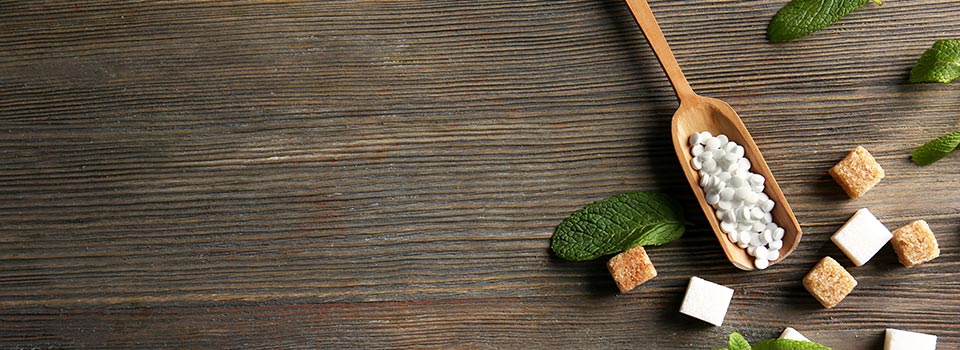Before the approval of stevia leaf extracts (steviol glycosides), questions around side effects of the natural sweetener were often raised. That is why innumerable studies on steviol glycosides took a close look at possible undesirable effects. Summarising the results from well-recognised food safety authorities across the globe, one can only answer the question whether stevia has side effects with a clear “no”.
Sweet, safe, without side effects
Based on the positive safety opinions of this sweetener, stevia leaf extracts are safe and harmless – like every other approved food. When addressing special consumer groups, who pay particular attention to their diet, we gathered the following information about stevia leaf extracts, stevia extract effects and the use of stevia leaf extracts as a sugar substitute in food and beverages.
Allergic persons – ask your doctor’s advice
Although allergic reactions are not considered side effects, they are addressed here. There is a long history of safe use of stevia leaves and stevia leaf extracts throughout the world, with no published reports of allergic reactions. As recent as 2010, the European Food Safety Authority (EFSA) concluded that based on a thorough scientific review, “it is unlikely that the steviol glycosides under evaluation should cause, by themselves, allergic reactions when consumed in foods”.
Other agencies, such as Health Canada have since also indicated that stevia leaf extracts when “used as a food additive, are unlikely to be an allergenic concern for the general population. ” Before consumption of any product, anyone suffering from allergic reactions should read labels and ask their doctor’s advice as to whether they can tolerate other ingredients accompanying the stevia leaf extracts, which may be alongside stevia leaf extracts as excipients, for easy measuring.
Positive effects of stevia with diabetes
As stevia leaf extracts do not influence the blood glucose level, it is suitable for a diabetic diet. If stevia is used for sweetening, for example in ice cream, people suffering from diabetes must still keep an eye on their blood sugar count: despite the calorie-free sweetness from stevia leaf extracts, the foods naturally also contain fat, carbohydrates and sugar in the form of lactose, which have effects on the blood glucose level.
Stevia as a sugar substitute for children
Parents should pay attention to how much stevia leaf extracts their children consume per day. Because of their low weight, the recommended maximum daily intake for children is reached faster than with adults. Although there are no known stevia side effects, an acceptable daily intake level was established on a bodyweight basis. Though complex to calculate from a product label, examples are provided of how to judge the average amount of stevia leaf extract being consumed by your child.
| CHILD’S WEIGHT (kg) | |||||
| % of child’s ADI filled, based on weight | 10 | 20 | 30 | 40 | 50 |
| Breakfast cereals, 30 g | 26% | 13% | 9% | 7% | 5% |
| Dairy drinks, 245 g | 123% | 61% | 41% | 31% | 25% |
| Jams/jellies, 17 g | 15% | 8% | 5% | 4% | 3% |
| Hard candy, 15 g | 26% | 13% | 9% | 7% | 5% |
For any additional questions about stevia, the International Stevia Council, a global not-for-profit organization and a voice of the stevia industry can give you advice on stevia and its side effects. Click here to ask questions.

